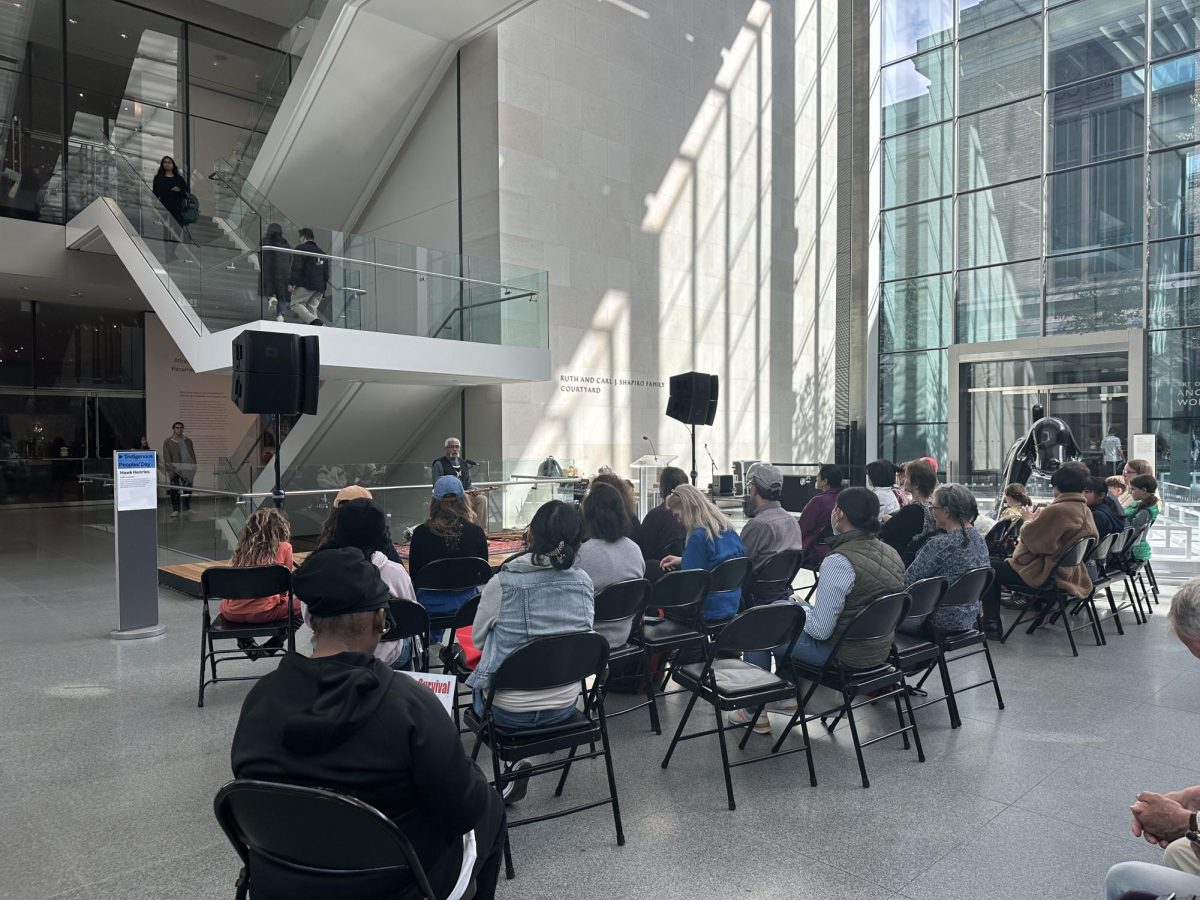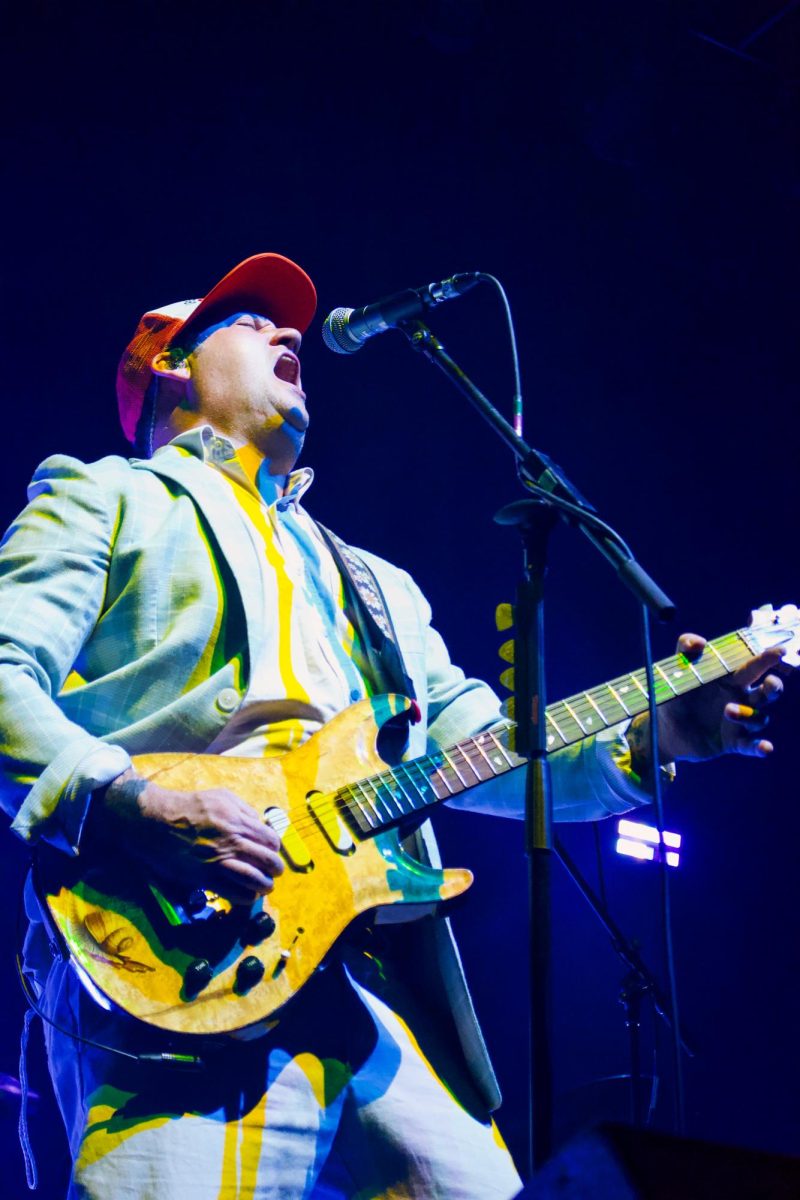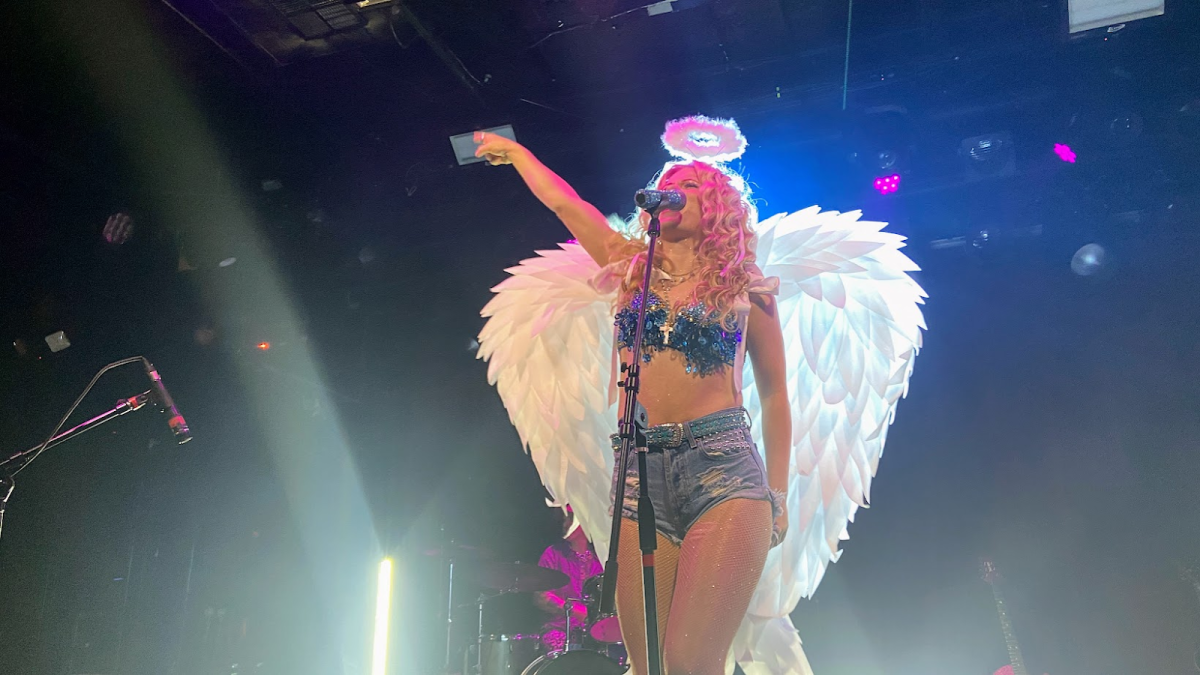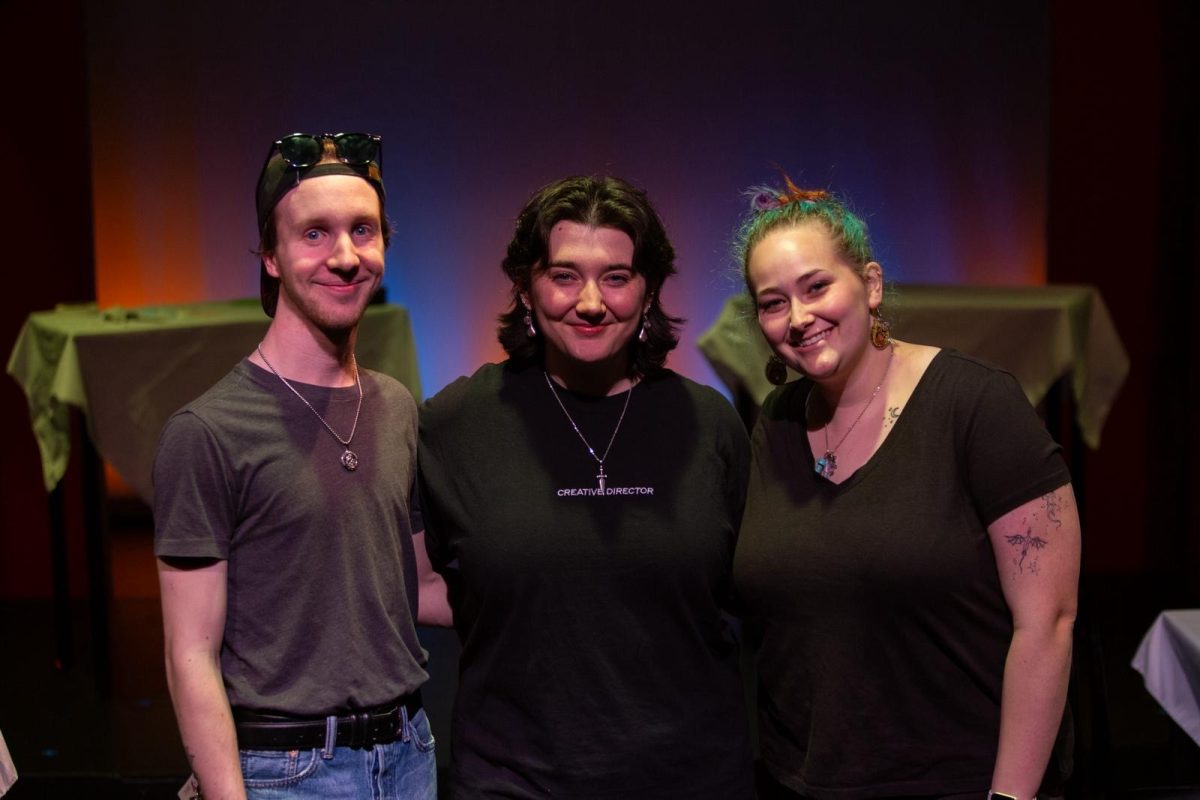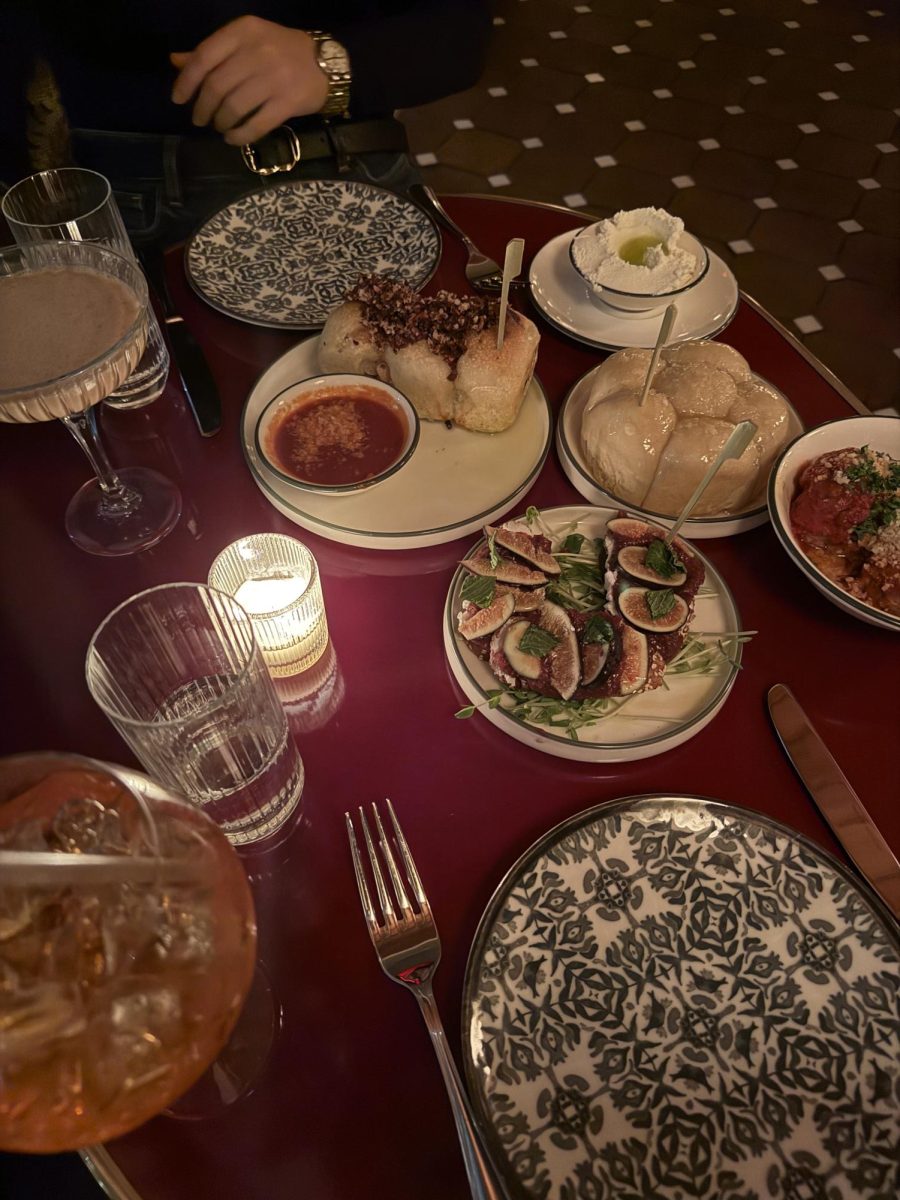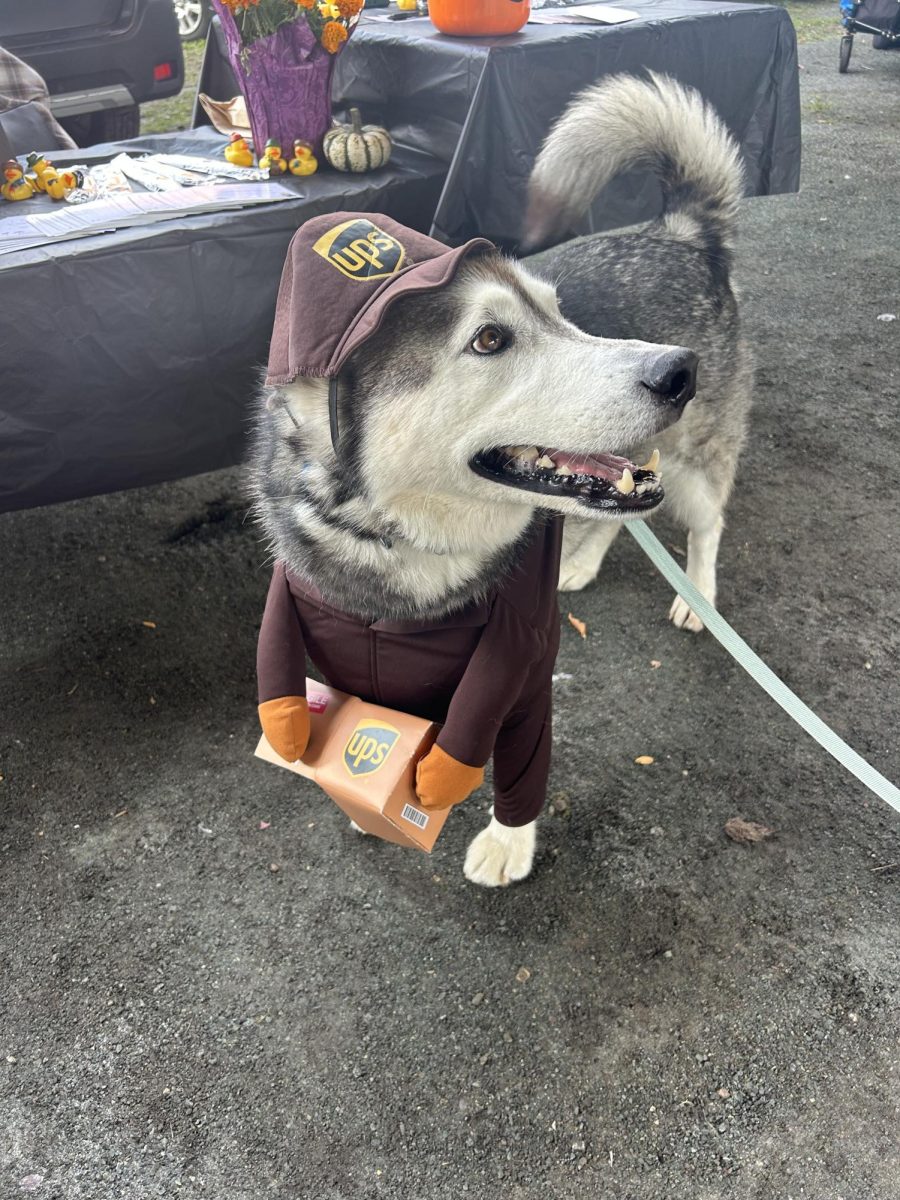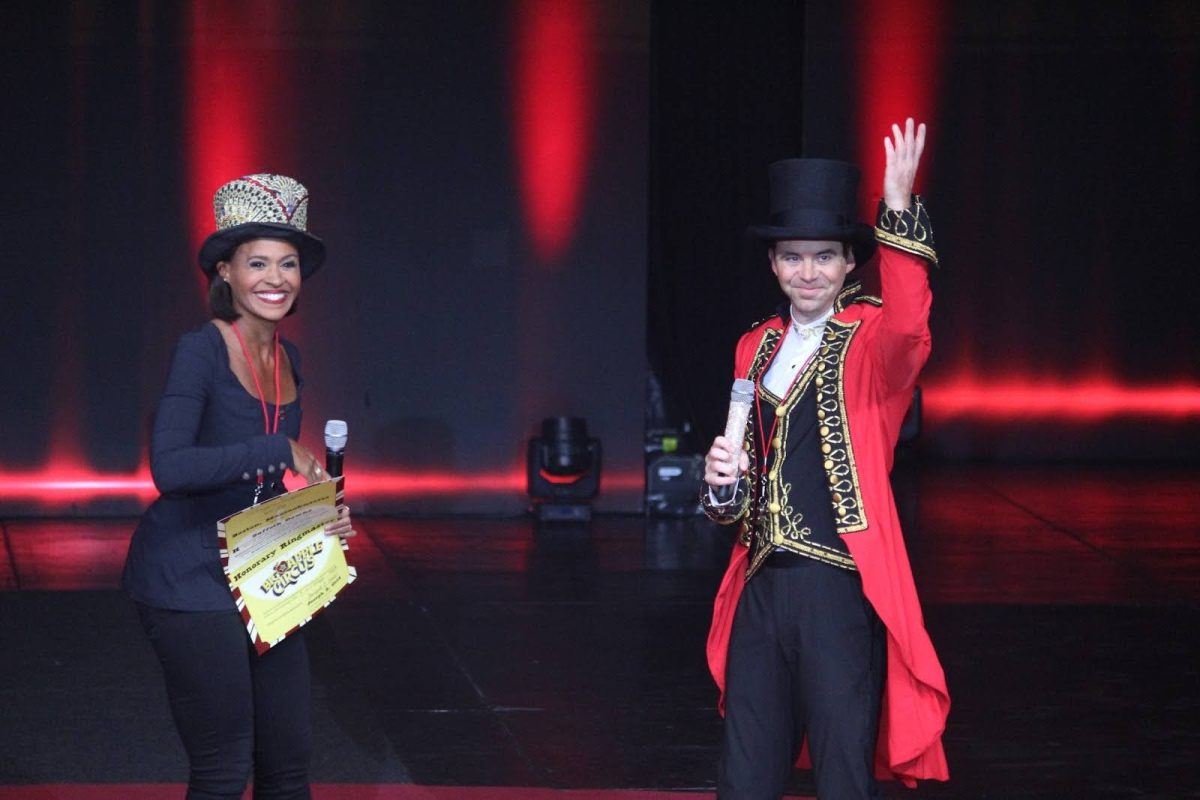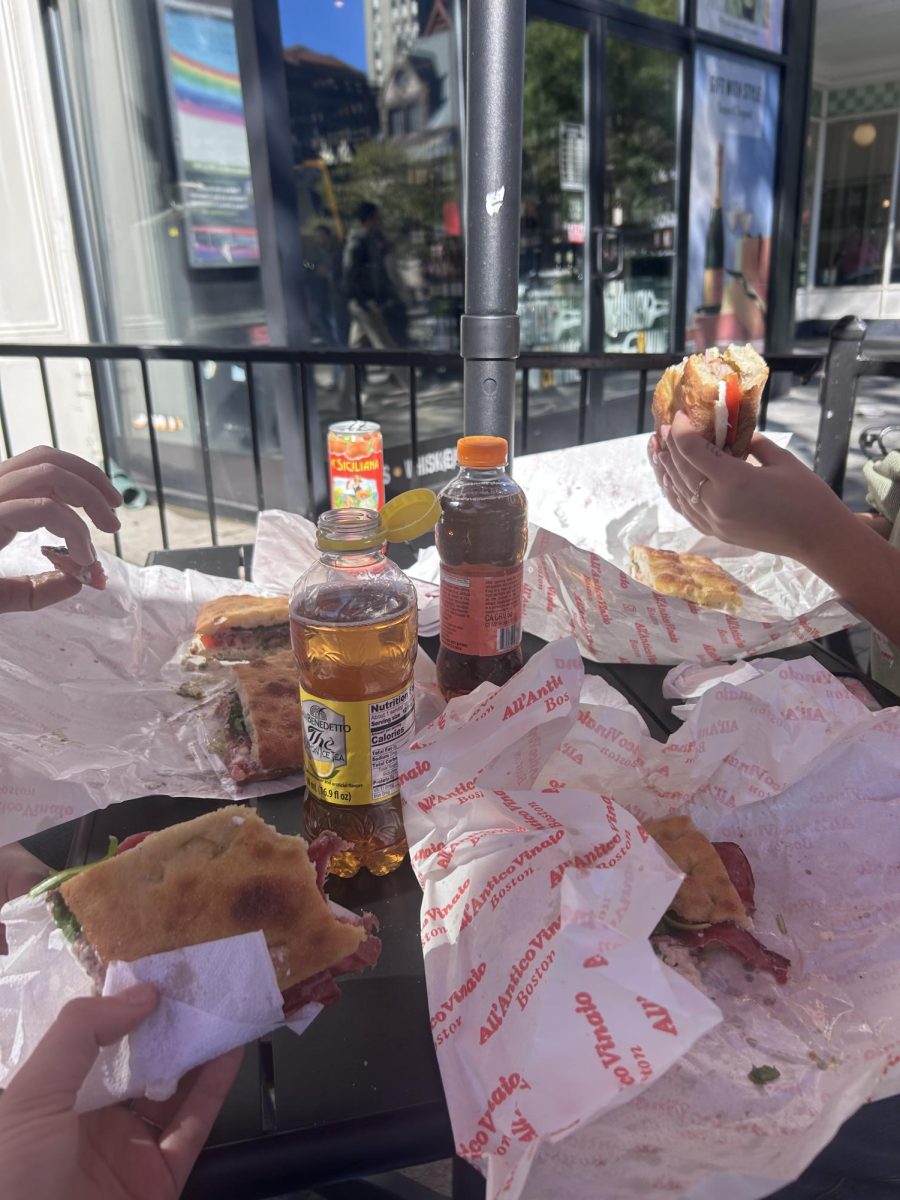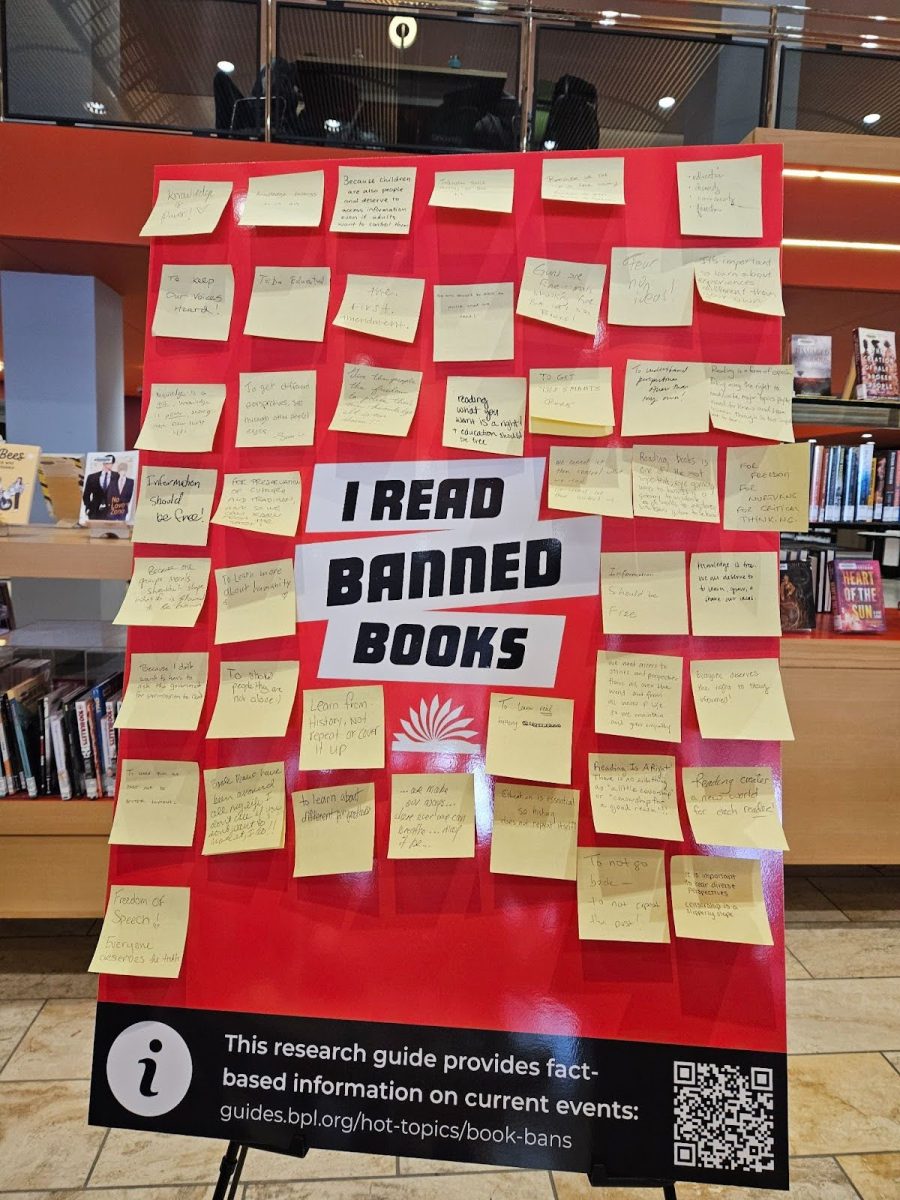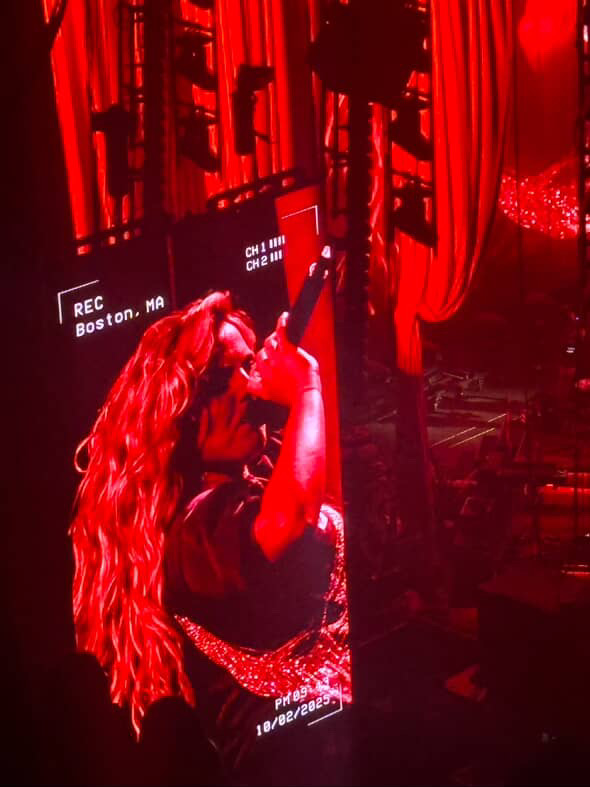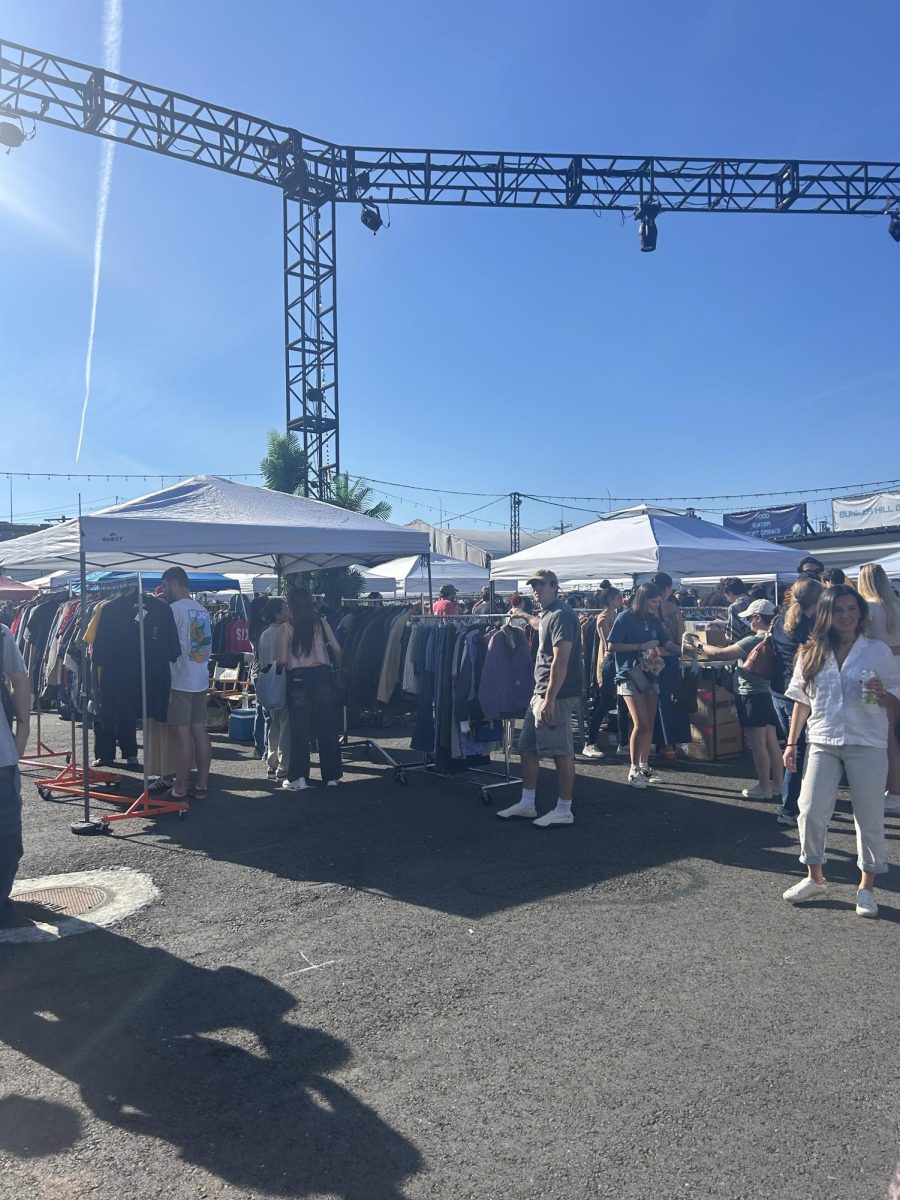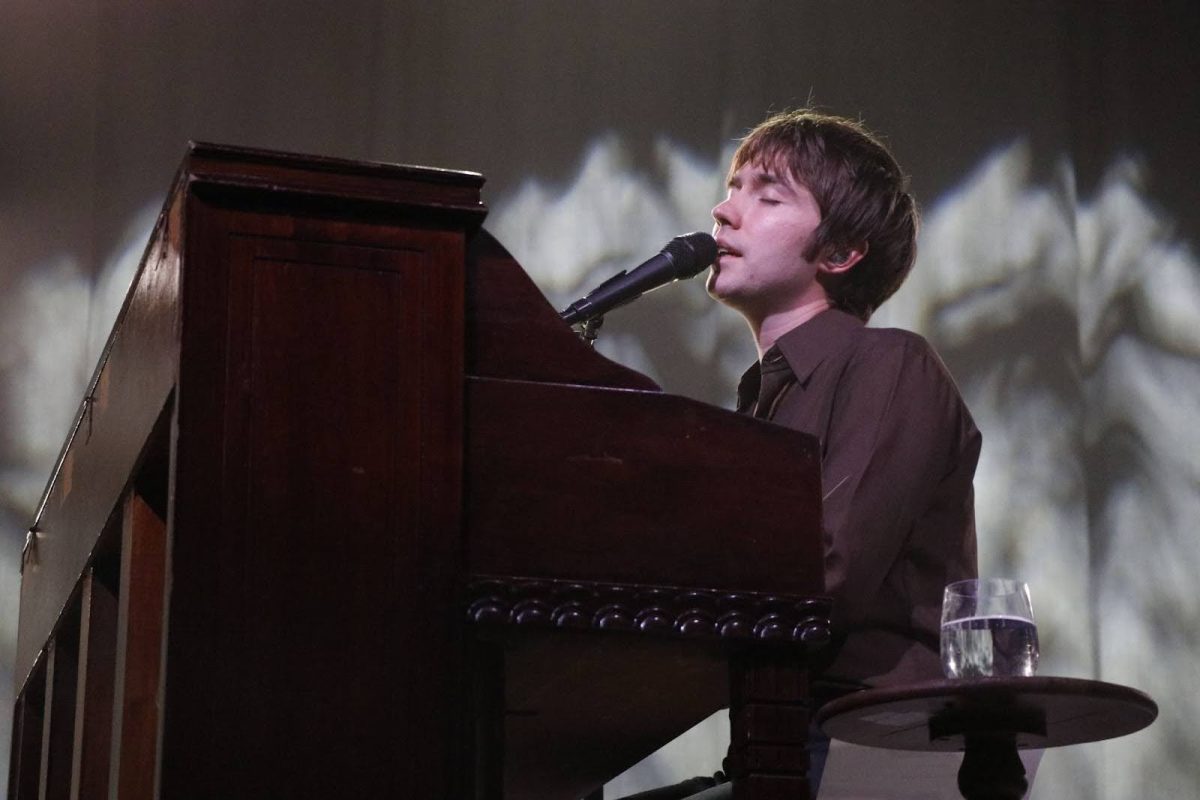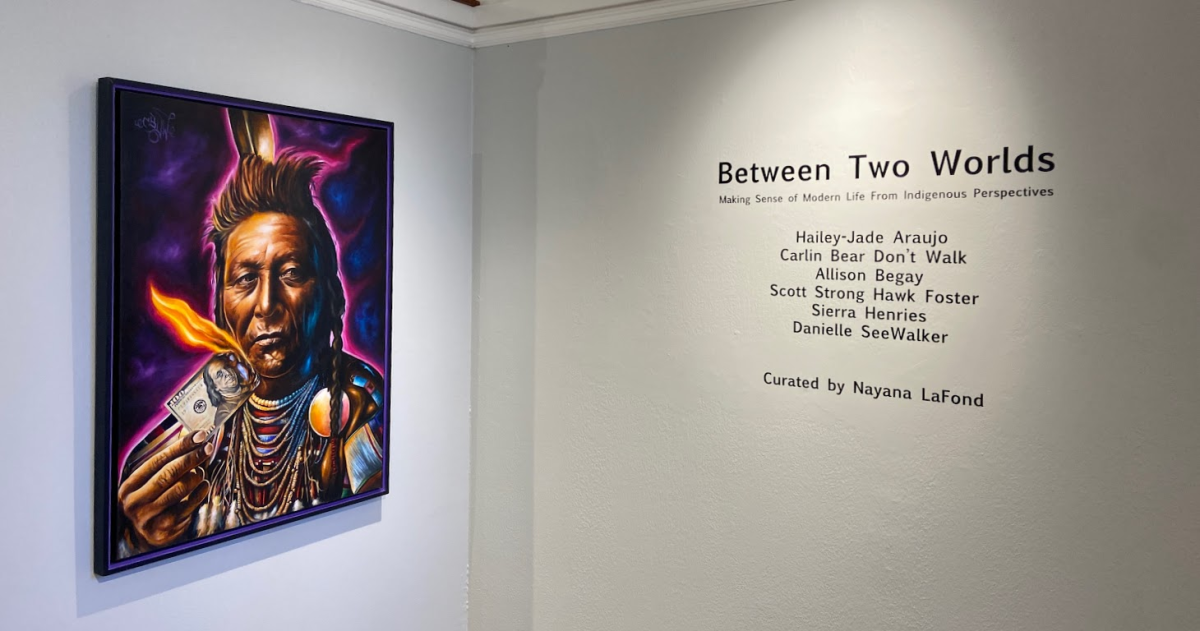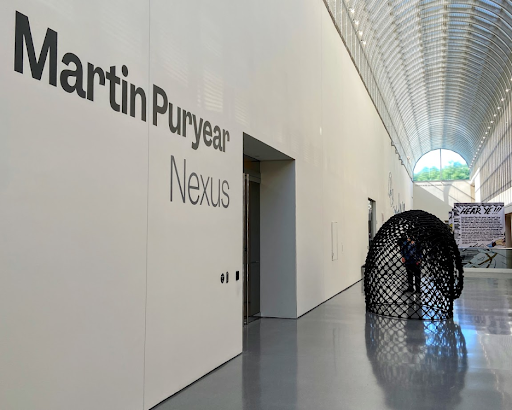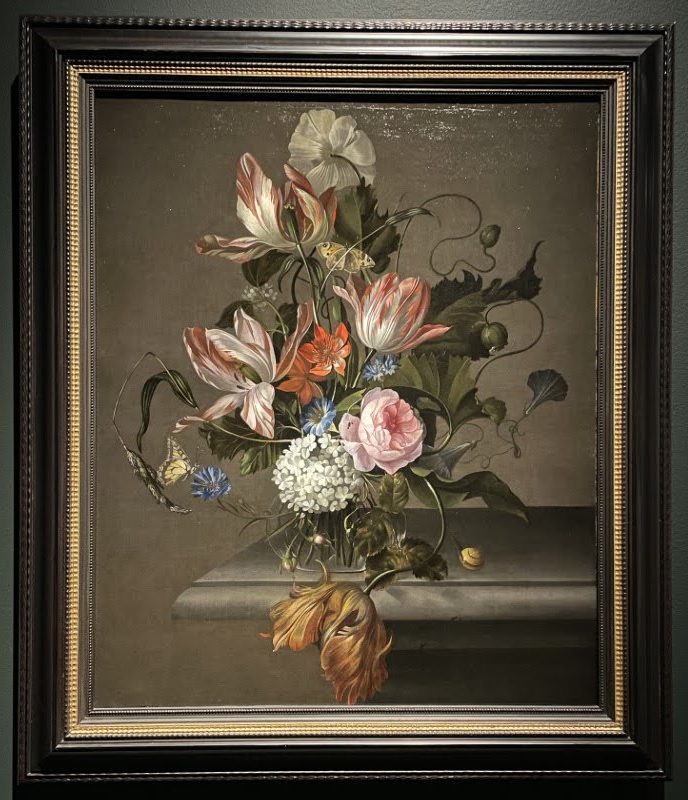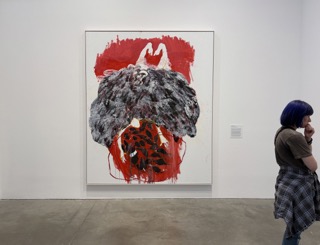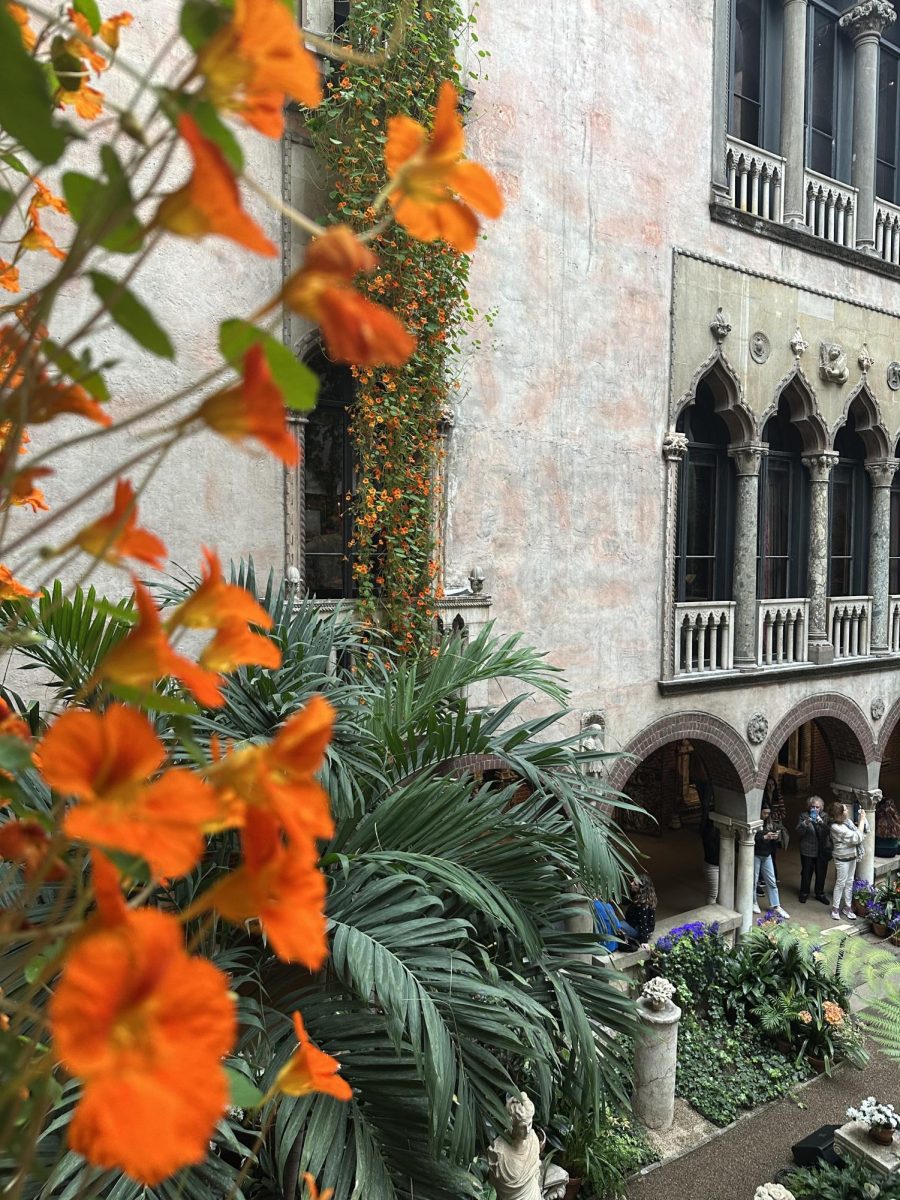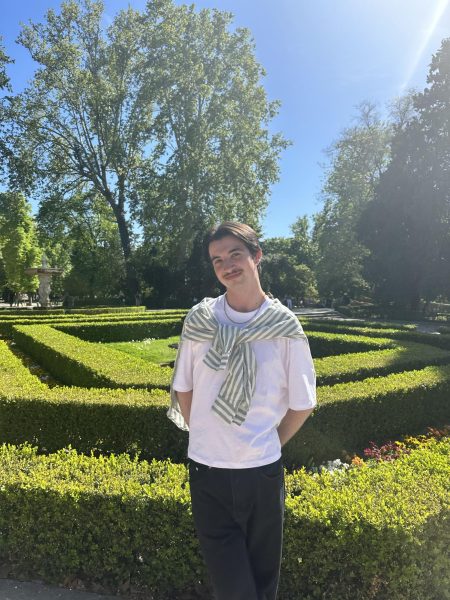A line for entry wrapped around the block outside the Museum of Fine Arts during its celebration of Indigenous People’s Day Oct. 9.
From 10 a.m. to 5 p.m., museum-goers were able to enjoy free guided tours, art-making, indigenous music and community talks. Signs labeled “Indigenous Peoples’ Day” were seen around exhibits and galleries, so guests knew where events were happening.
The event opened with welcoming remarks and land acknowledgments in the Shapiro Courtyard, where the resource fair was also housed.
The organizations in attendance included the North American Indian Center of Boston, United American Indians of New England, Indigenous Peoples Day Massachusetts, Italian Americans for Indigenous Peoples’ Day and Cultural Survival Bazaar.
In the middle of the resource fair, guests were able to dine at the New American Cafe while listening to flute musician Hawk Henries of the Chaubunagungamaug band of Nipmuc.
Henries captured an audience during both his morning and afternoon performances. He explained the thoughtfulness of each song and what they meant to him, helping the audience reflect on Indigenous Peoples’ Day.
For a few hours after the event began, guests were encouraged to take one-hour gallery tours free of charge for an up-close look at the artwork at the MFA.
Museum-goers could also stop by the Linde Family Wing to make pottery in the Druker Studios. Pottery-making was a significant part of many Native American cultures, so it gives guests a look into the inspiration behind the culture’s traditional pottery.
The pottery portion also included two available times where guests could catch Haley Peters of the Mashpee Wampanoag tribe making and explaining traditional techniques of ceramics.
A 14-minute film was also screened in the Riley Seminar Room. “Hot Water Over Raised Fists: A Closer Look at Belonging,” is a choreographed film describing the legacy of Black Indigenous people and how they heal and deepen their connection to those who belong to Native American lands.
If guests ran out of activities to participate in, they were able to sit in community perspective talks where people from Native American communities spoke on the meaning behind certain artwork at the MFA and how it relates to their culture.
The museum was full for the majority of the event with the line for admittance being wrapped down Forsyth Way, right off of Huntington Ave.
Guests were seen smiling and reflecting on the Native American culture that the MFA was able to present to museum-goers. Friends and family all around seemed to love the work done. Museums hold a great amount of history, and using their resources to spread awareness, like the MFA did, is especially crucial on those meaningful holidays.


